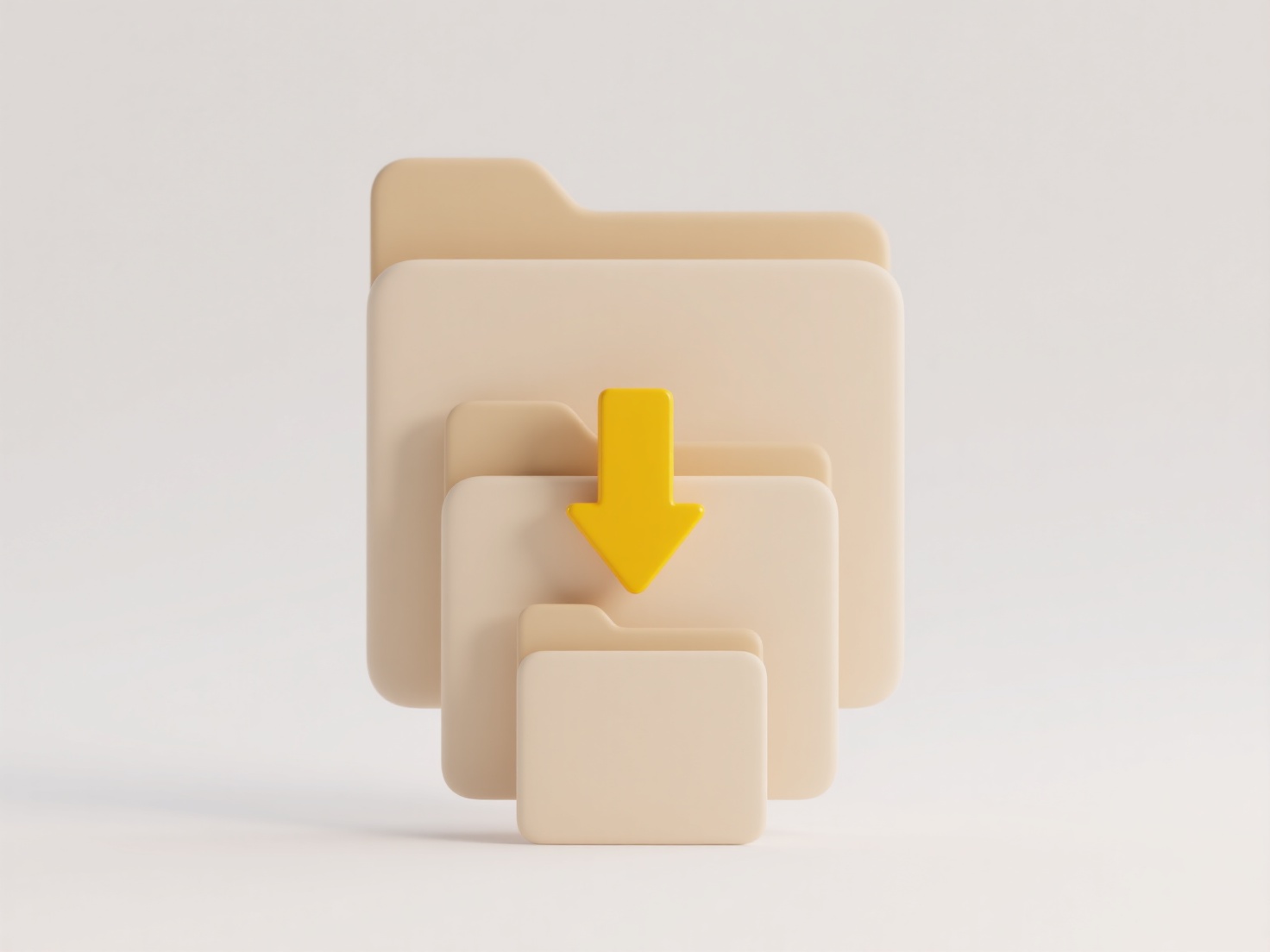
The concept of "most secure document format" depends heavily on how security is defined, typically focusing on preventing unauthorized access, modification, or repudiation. No single format is inherently the most secure across all threats; security is achieved through implementation features like strong encryption (e.g., AES-256), password protection, digital signatures (providing authenticity and integrity), and robust editing controls. Formats differ: standard PDFs offer basic password protection, while digitally signed and certified PDFs (PDF/A or PDF/X variants) add layers of verification and prevent tampering. Security-conscious workflows often rely less on the raw format and more on the security mechanisms applied to any file.
For example, digitally signed PDFs using Public Key Infrastructure (PKI) are widely used for legally binding contracts in finance, healthcare (HIPAA compliance), and government submissions, proving the document's origin and that it hasn't been altered since signing. Conversely, for highly sensitive content requiring strict confidentiality (like classified government documents), formats themselves might be less critical than mandating encryption at rest and in transit (often via secure containers like those defined by standards such as CJIS or specific enterprise DRM platforms like Adobe Acrobat Pro DC with Policy Server), applied to any file type including PDFs, Office documents (using Microsoft Information Protection), or even image files.

Advantages of digitally signed PDFs and encrypted files include strong tamper evidence, non-repudiation, and broad compatibility. Key limitations involve usability trade-offs: strict encryption can hinder legitimate sharing or accessibility needs, password-protected files are vulnerable to weak passwords, and managing digital certificates adds complexity. Ethical implications concern ensuring accessibility for authorized users despite security restrictions. Future developments involve integrating stronger cryptographic standards like quantum-resistant algorithms and blockchain verification for signatures, but the most secure approach remains combining a standardized, widely vetted format (like PDF/A for archiving) with robust, correctly configured encryption and access controls tailored to the specific threat model.
What’s the most secure document format?
The concept of "most secure document format" depends heavily on how security is defined, typically focusing on preventing unauthorized access, modification, or repudiation. No single format is inherently the most secure across all threats; security is achieved through implementation features like strong encryption (e.g., AES-256), password protection, digital signatures (providing authenticity and integrity), and robust editing controls. Formats differ: standard PDFs offer basic password protection, while digitally signed and certified PDFs (PDF/A or PDF/X variants) add layers of verification and prevent tampering. Security-conscious workflows often rely less on the raw format and more on the security mechanisms applied to any file.
For example, digitally signed PDFs using Public Key Infrastructure (PKI) are widely used for legally binding contracts in finance, healthcare (HIPAA compliance), and government submissions, proving the document's origin and that it hasn't been altered since signing. Conversely, for highly sensitive content requiring strict confidentiality (like classified government documents), formats themselves might be less critical than mandating encryption at rest and in transit (often via secure containers like those defined by standards such as CJIS or specific enterprise DRM platforms like Adobe Acrobat Pro DC with Policy Server), applied to any file type including PDFs, Office documents (using Microsoft Information Protection), or even image files.

Advantages of digitally signed PDFs and encrypted files include strong tamper evidence, non-repudiation, and broad compatibility. Key limitations involve usability trade-offs: strict encryption can hinder legitimate sharing or accessibility needs, password-protected files are vulnerable to weak passwords, and managing digital certificates adds complexity. Ethical implications concern ensuring accessibility for authorized users despite security restrictions. Future developments involve integrating stronger cryptographic standards like quantum-resistant algorithms and blockchain verification for signatures, but the most secure approach remains combining a standardized, widely vetted format (like PDF/A for archiving) with robust, correctly configured encryption and access controls tailored to the specific threat model.
Quick Article Links
How do I access my saved file later?
Accessing a saved file refers to retrieving a digital document, image, or other data stored on your computer, a network ...
How do I set export rules in a content management system?
Export rules in a content management system (CMS) are configuration settings that determine how content is structured an...
Can USB drive copies lead to conflicts?
A USB drive copy conflict typically arises when using cloned or duplicated drives simultaneously with a computer system....